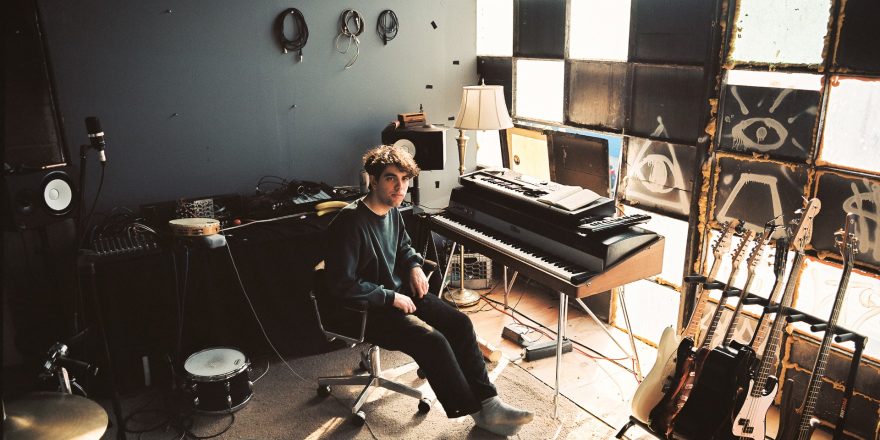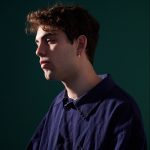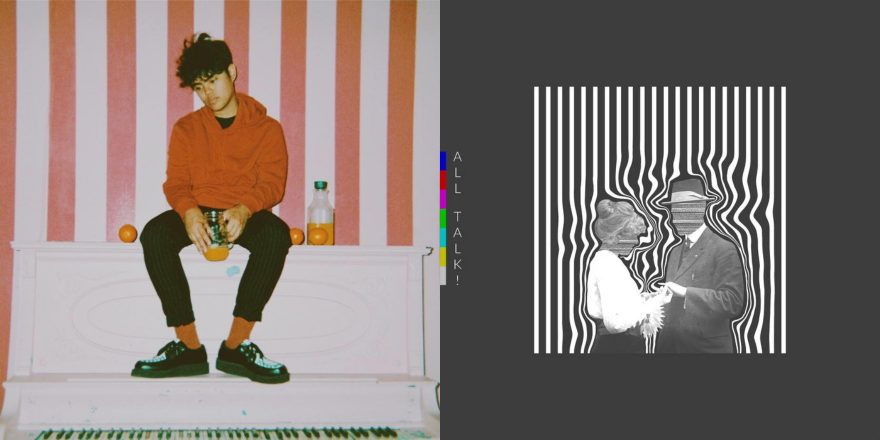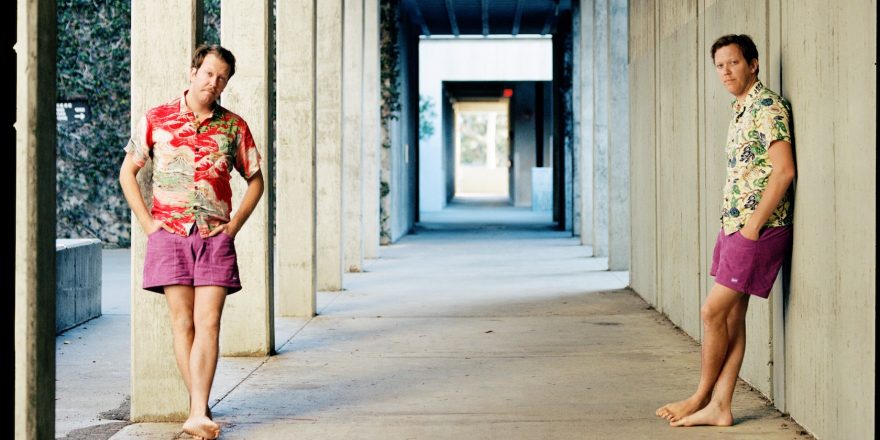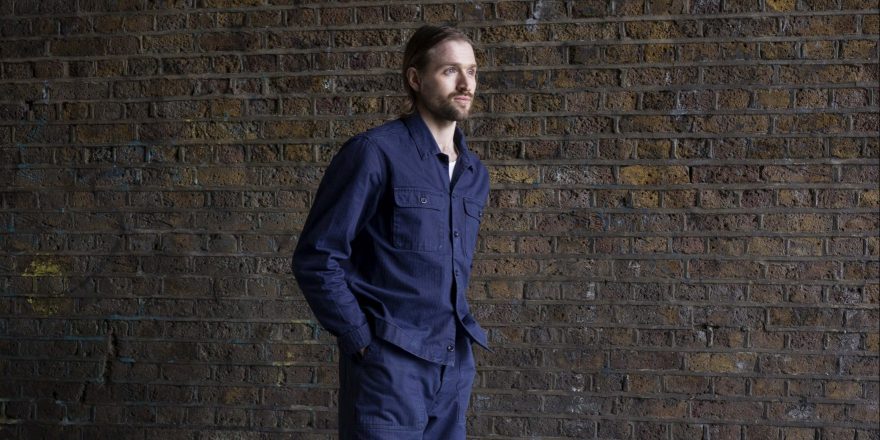The other morning, I woke up to the sound of an orchestra. Out of my left ear I could hear the distant reverberation of a string section with a few specific notes echoing louder than the rest. As each second passed, I became more aware of these notes because they seemed to remove themselves from the medley of instruments. I remember questioning why they felt so removed, feeling as if they were lost, and I had the urge to physically place them back with the rest of the strings. The more I questioned, the louder they became. Eventually the notes completely separated from the rest of the orchestra and began to pulsate, becoming individual beeps of various volumes and playing in quick succession. My eyes slowly opened, and I noticed that these notes were actually the sound of my iPhone alarm. I reached over and pressed the snooze button.
This happened about three or four more times. Every time I began to wake up, I imagined that I was hearing these missing notes, despite previously realizing that the sound was again just the irritating marimba noise that my phone alarm makes. I recognized that my mind was playing games with me and eventually decided to get out of bed. This was not the first time I had experienced some sort of auditory hallucination while waking up, and the state in which I heard these noises actually has a name: hypnopompia.
Hypnopompia is a transitional state of consciousness leading out of sleep, the opposite of a hypnagogic state, which leads into sleep. In the hypnopompic state, according to an article by Michelle Carr in Psychology Today, “subjects usually attempt to systematically search known associations in order to discover a solution, whereas in the hypnagogic state, intuitive hunches may naturally draw together new and unusual, distant associations.” Upon waking up, your brain attempts to guess what you are seeing or hearing before knowing what you are really experiencing. Often, people who have restless sleep can feel like they are floating, falling, and separating from their bodies during these liminal periods. Others claim that they hear strange noises, voices and music as well as weird mechanistic sounds like beeps and boops.
In my specific case of hypnopompia, my brain was attempting to make sense of the “real” world by guessing what it could possibly be hearing — the string section of a far-off orchestra. As I became more conscious and entered into a state of wakefulness, the areas of my brain responsible for promoting sleep began to shut off. Almost completely awake, I started to grasp the reality around me, recognizing that the sound I was hearing was actually my iPhone alarm.
Many artists have been inspired by liminal states of consciousness. Jean-Paul Sartre wrote about hypnagogic states in his book The Imagination, specifically that during these moments, “something appears which is then identified as a face,” and that “one becomes aware of being in the act of seeing a face.” The same could be true for the appearance of a sound. I heard what I thought were strings, but as I became more aware that the sound was my alarm, it became clear that I was waking up and that “I” existed.
My biggest qualm with experiencing auditory hallucinations is that I cannot capture them. A pristine recording of the hypnopompic moment exactly as it sounded to me would have been an excellent sample to use in a new song. People might come up to me at shows in the future and ask where I recorded those luscious strings, to which I could reply, “I recorded them in my mind.” Salvador Dalí actually came close to a way in which to record hallucinations; he would sit down in an armchair, “preferably of Spanish style,” with his head tilted back. In one of his hands, hanging beyond the arm of the chair, he would hold a heavy key. Under the key he placed a plate upside down on the floor. The moment Dalí began to fall asleep, he would naturally drop the key and it would land on the plate, the sound waking him up. In the seconds before the key fell, Dalí would enter a state of hypnagogia, allowing connections and visions to form intuitively. Upon reviewing his former liminal state he would proceed to paint, inspired by what his mind came up with on its own.
During periods of sleep deprivation, it has been proven that the brain can enter a state of “microsleep,” in which the brain falls asleep and wakes up in quick succession. Certain neurons in the brain can also turn off, and it is possible for it to enter a liminal state of which an individual might not even be aware. My new album, Aisle of Palm, is highly influenced by my own experiences with hypnagogia and sleep deprivation. I recorded many of the songs during restless nights while living in Berlin in late 2017, inspired by the feelings of excitement and vitality brought on by late nights fueled by self exploration, but also by the exhaustion and anxiety that comes along with moving to a new city.
Writing late into the night, I noticed that my creative process was becoming less inhibited as I drifted further away from the point at which my body was telling me to go to sleep. Bordering the dream world, the only thing preventing me from sleeping was my own drive to continue working and the bright blue light of my laptop screen. I am positive there were times during these late hours when I entered into a state of microsleep, allowing these short moments to become part of my intuition without even knowing it. Upon waking up the next day I would listen to what I recorded the night before, certain that there were parts present in my music that I didn’t record myself. These sounds were eerily similar to the howls that ghosts make. Undoubtedly audible, their origins were a complete mystery.
You can catch Beshken’s album release show with Lealani and M. James at the Moroccan Lounge in LA Friday 7/12 at 9PM.



